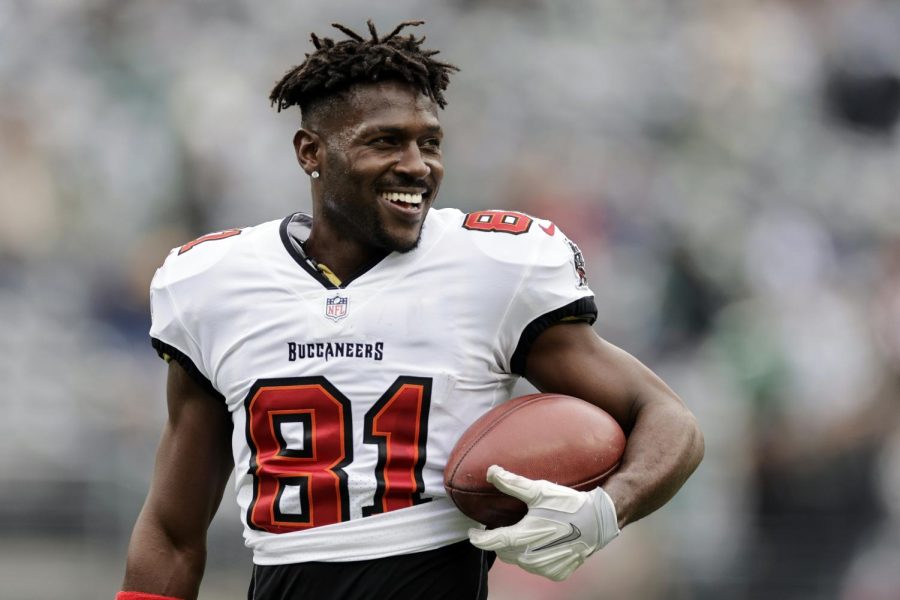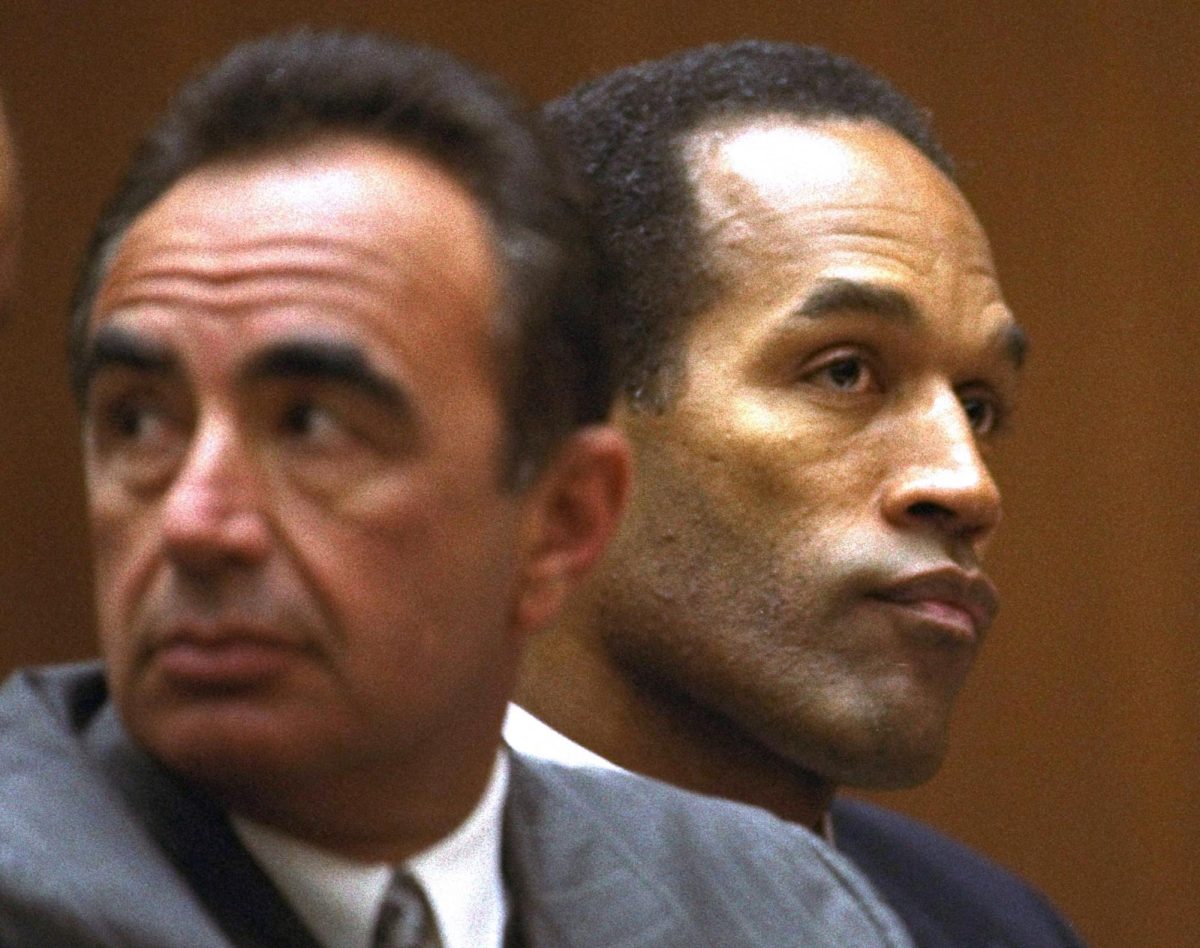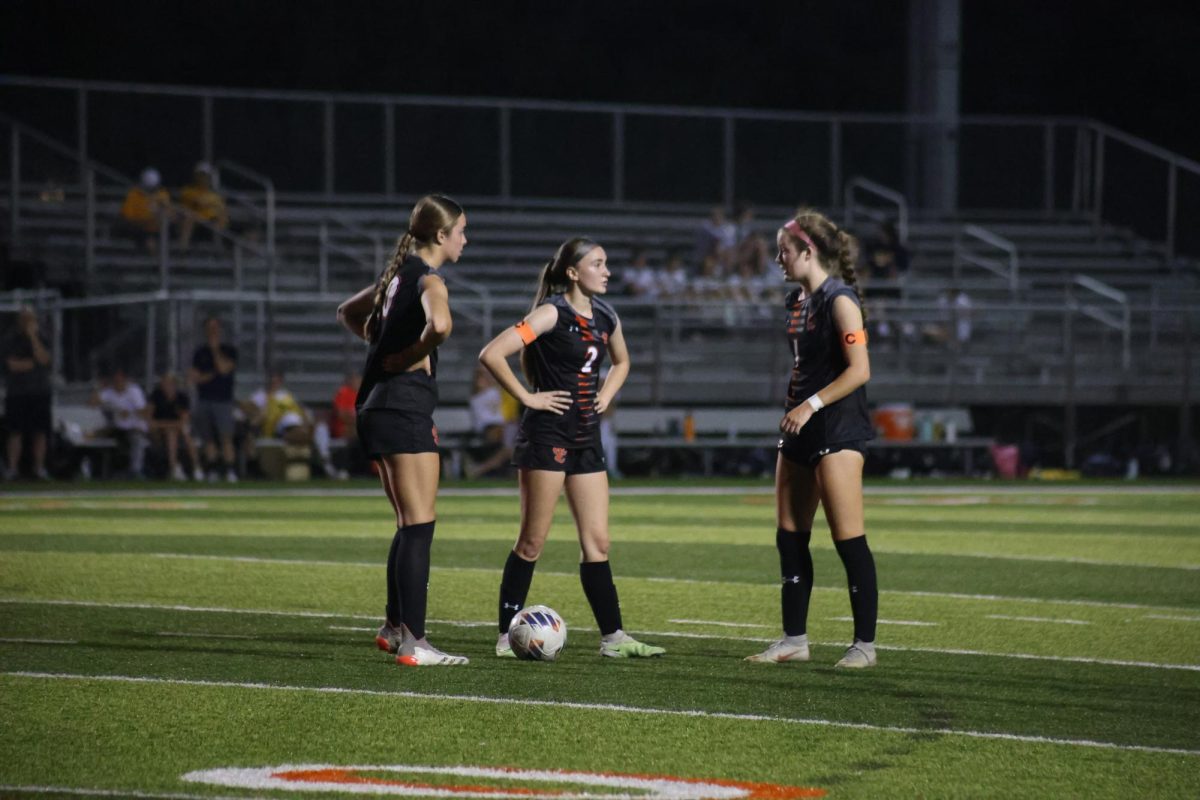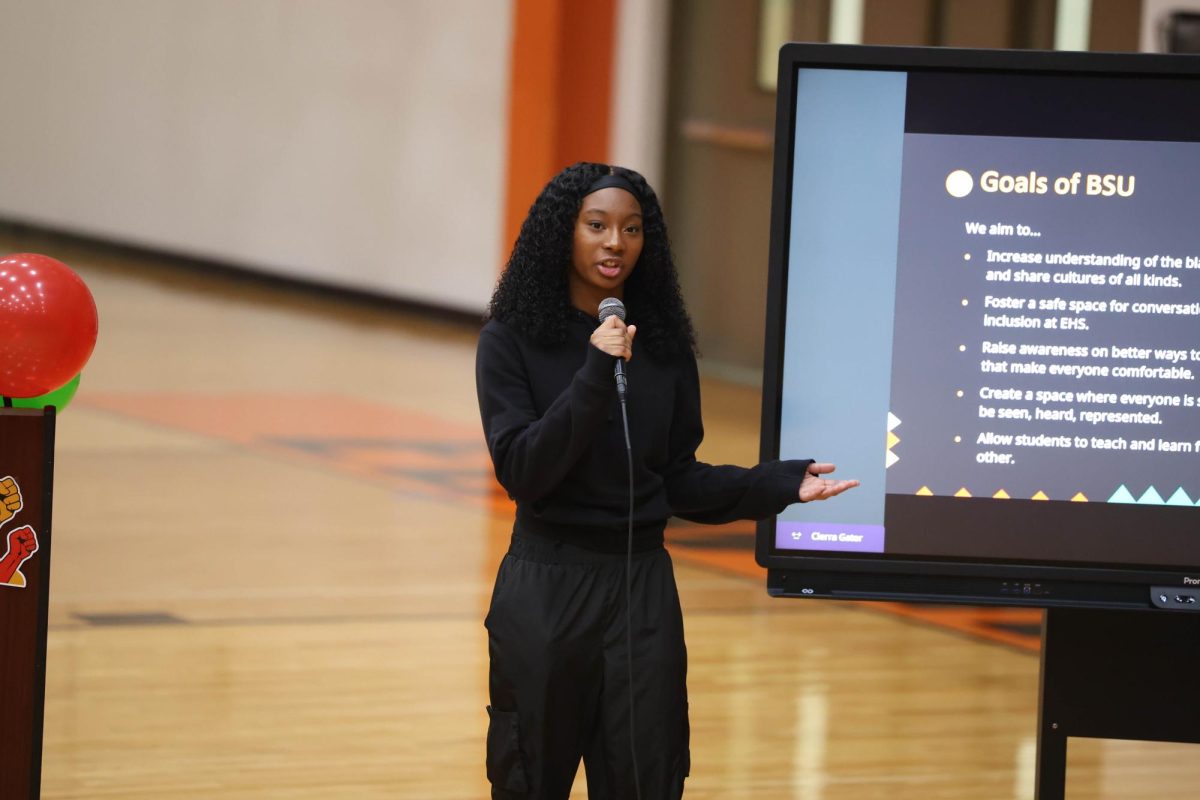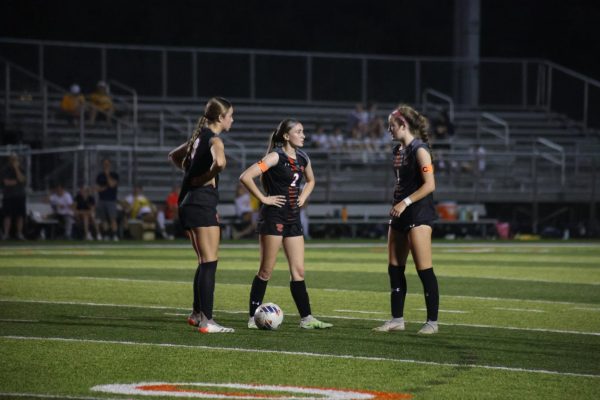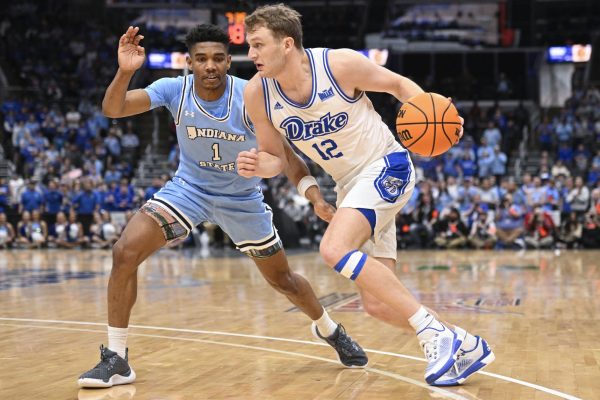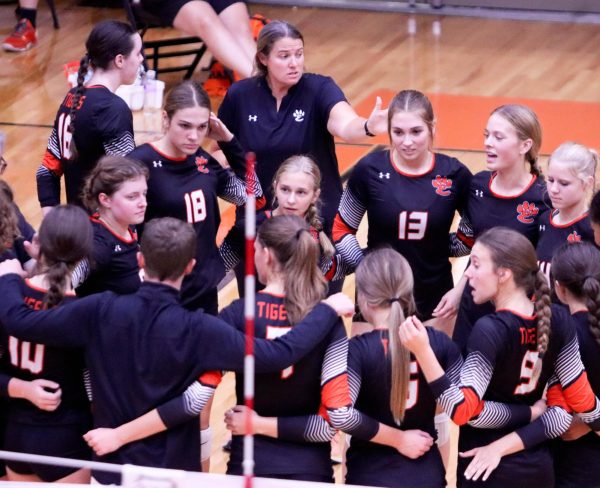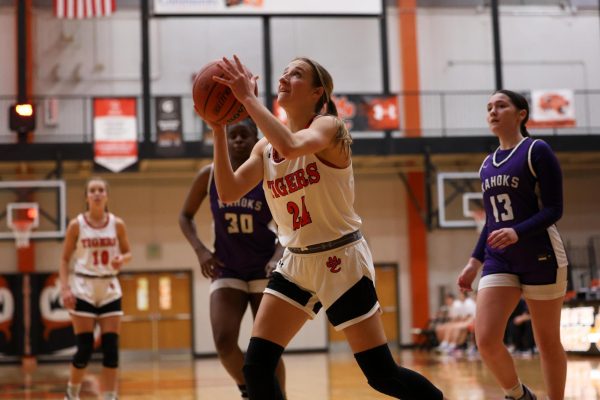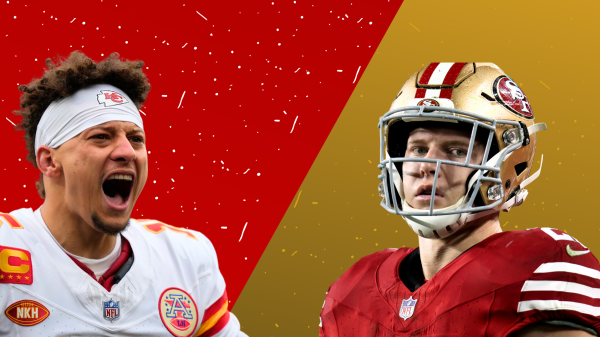The Bucc Stops Here
Wide receiver for the Tampa Bay Buccaneers, Antonio Brown, at a Jan. 2 game against the New York Jets before he walked off.
January 7, 2022
Antonio Brown has played football in the NFL for 12 seasons.
His first eight seasons were spent with the Pittsburgh Steelers, his 2019 season was spent with the New England Patriots and his last two seasons were spent with the Tampa Bay Buccaneers, according to the NFL website.
Brown has a long history of conflict with teammates and coaches.
According to the Tampa Bay Times, his last conflict occurred earlier this season when he sustained a three-game suspension due to faking his vaccination card. His most recent conflict halted, and likely ended, his football career.
His “retirement” began during the third quarter of the Jan. 2 game against the New York Jets.
According to a report by Ian Rapoport, Brown sustained an ankle injury that excluded him from practice Thursday and Friday before the game against the Jets. He was, however, cleared to play that Sunday.
After playing in the beginning of the game, Brown was approached by coaching staff to take the field. He refused, saying that he did not feel that he was healthy enough.
When head coach Bruce Arians heard that Brown was unwilling to continue playing, he asked him to leave. Following his departure, Brown was released from the team.
In the Jan. 2 post-game interview, Arians said, “He is no longer a Buc. Alright? That’s the end of the story. Let’s talk about the guys that went out there and won the game.”
In another interview the following day, a reporter, referring to Brown, asked Arians if he was allowed to fire a player because they are injured.
After a long pause, he responded, “I don’t know that [Brown] was.”
Arians later claimed that Brown had not told him that he was injured.
Another reporter asked, “Just to clarify on AB, so you didn’t tell him to leave? He left completely on his own in this thing yesterday?”
Arians responded, “We had a conversation and he left the field, yeah.”
Contradicting what Arians said in his interviews, Brown released a statement on Jan. 5 through his attorney.
In the document, Brown said that he played in the Jan. 2 game despite not wanting to aggravate his ankle injury.
“I suited up, the staff injected me with what I now know was a powerful and sometimes dangerous painkiller that the NFLPA has warned against using,” Brown said. “And I gave it my all for the team.”
Once it became clear he could no longer safely play on his ankle, Brown took to the bench. Shortly after, Arians approached him, asking what was wrong.
According to Brown, Arians knew of Brown’s ankle injury but did not call for medical attention.
“He shouted at me, ‘YOU’RE DONE!’ while he ran his finger across his throat,” Brown said.
He went on in this statement to say, “I didn’t quit. I was cut.”
According to Brown, an MRI conducted on Jan. 3 revealed broken bone fragments, a ligament separated from the bone and cartilage loss in Brown’s ankle.
This injury is substantial but can be repaired with surgery.
Brown’s football career, however, is likely done for good.


